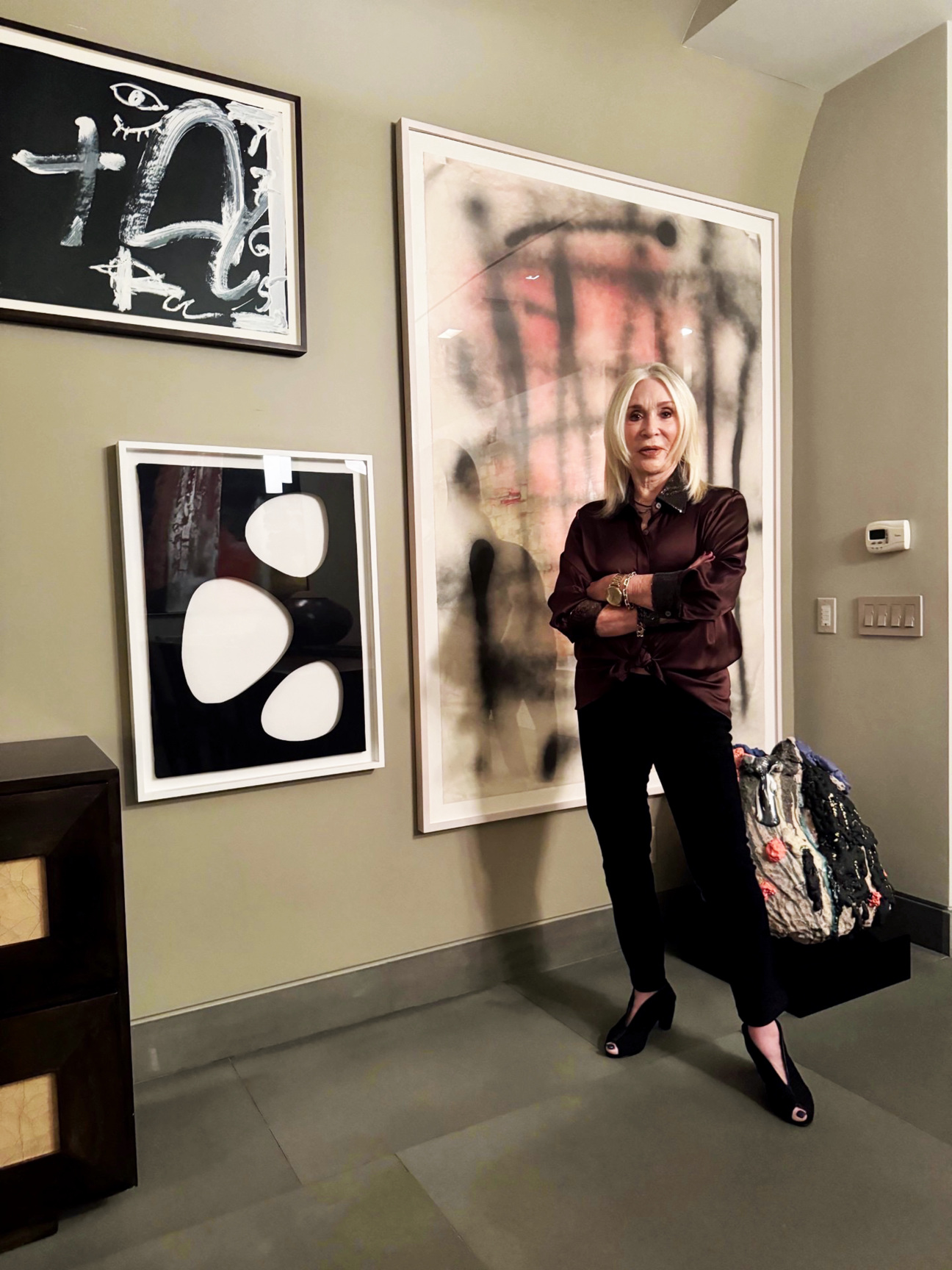
Barbara and Bruce Berger’s love for art spans decades, coasts, and genres, uniting the burgeoning corporate art consultant and young painter since 1960. Their shared creative fervor has remained at the forefront of their relationship through it all—even inspiring a lucrative swap with John Chamberlain involving a wall relief and a refrigerator.
Since their marriage, the couple’s passion for art brought them downtown—from New York's Upper East Side to Soho—and eventually cross country to Aspen where they now house their ever-expanding collection. The Berger’s Colorado home—originally designed by William Sofield with two decades of continued renovations and additions in collaboration with Clive Lonstein—has provided the couple space to grow and evolve their selection of art.
The root of their collection has remained the same. Be it portraits of the female form, abstract screening techniques, or vintage Americana, the Bergers are fueled by innovation and their own idiosyncratic personal taste. Here, Barbara shares with CULTURED the keys to decades of collaborative collecting.
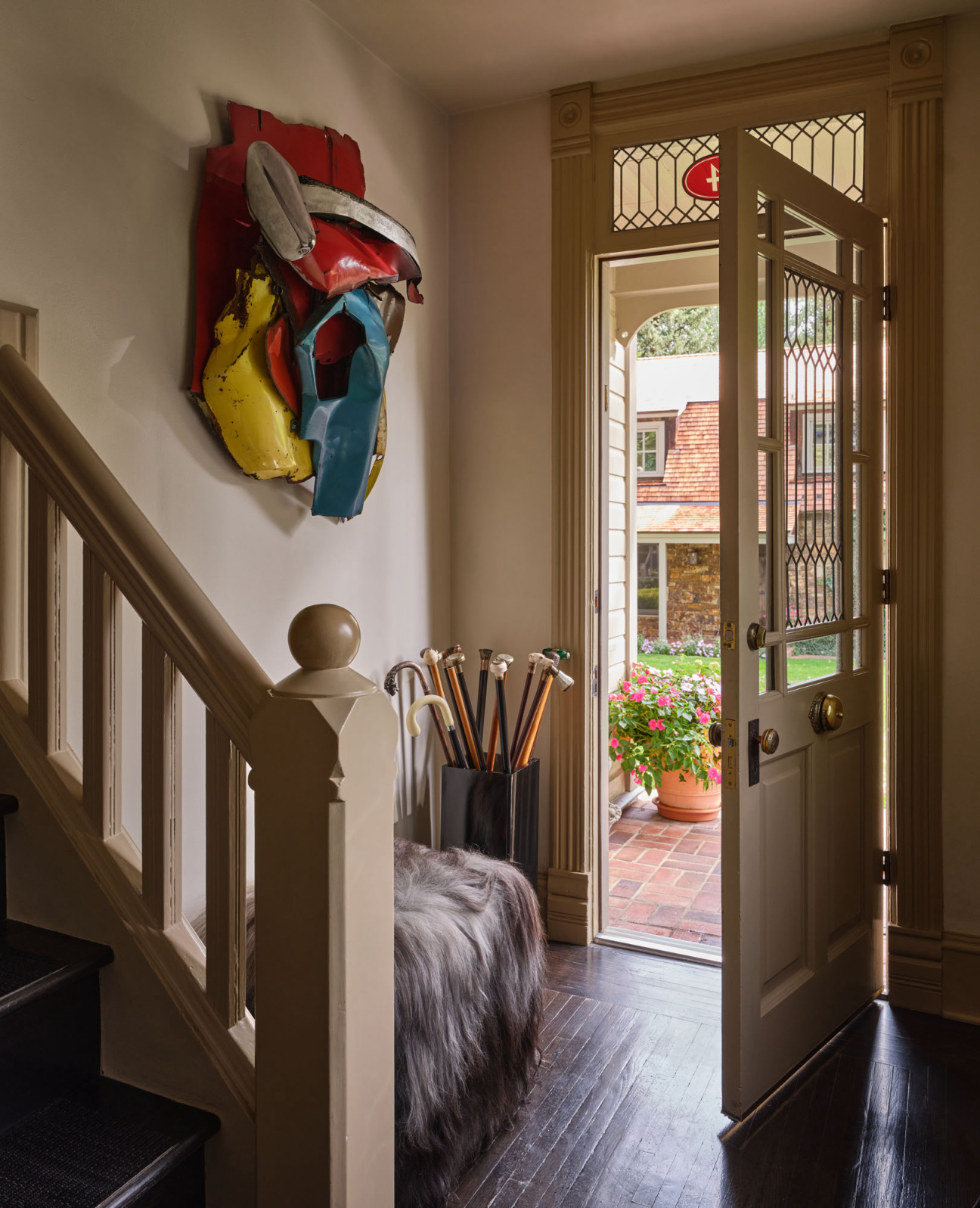
Where does the story of your personal collection begin?
The story of our collection began in the early ’60s on the Upper East Side of New York. My husband and I were newlyweds living Uptown, with an evolving love for art. One of our favorite activities was exploring Madison Avenue, where New York’s most notable art galleries were concentrated. This period marked the start of our journey into art collecting.
Which work in your Aspen home provokes the most conversation from visitors?
A few works consistently spark curiosity and dialogue. Outdoors, No More No Less, a 2016 LED bulb installation by Peter Liversidge, is a favorite among visitors. Inside, our video installations attract attention, especially Bill Viola’s Four Hands, 2001, and William Kentridge’s Medicine Chest, 2000. These pieces captivate viewers with their unique narratives and emotive power.
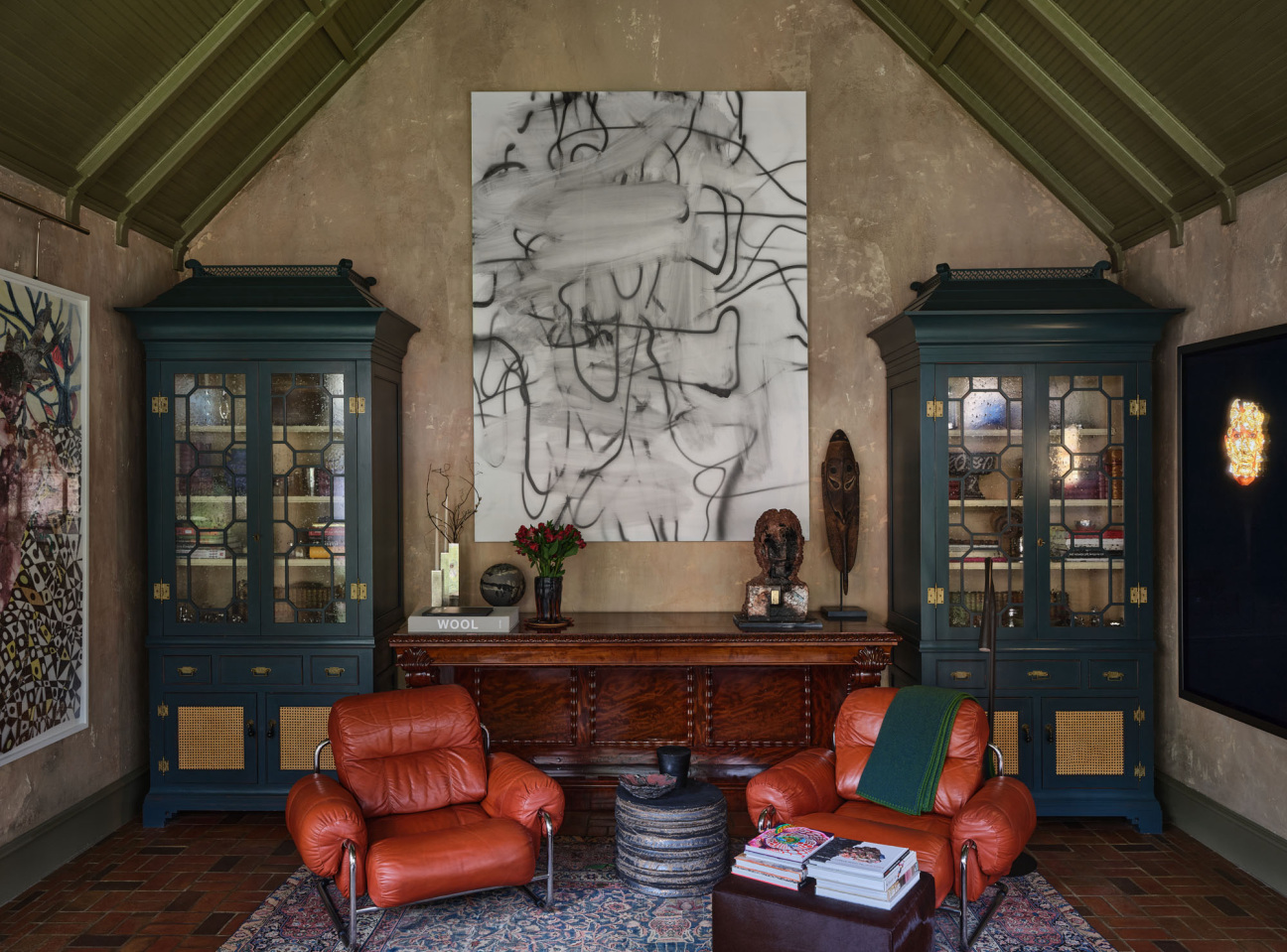
Which artist are you currently most excited about and why?
I’m currently intrigued by Cristina BanBan and Nadir Souirgi. BanBan is known for her powerful portraits of the female form, drawing inspiration from artists like de Kooning, Rubens, and Freud, while making each piece uniquely her own through vibrant color and dynamic composition.
Souirgi, on the other hand, creates abstract and visually engaging works, using screening and masking techniques that I find fresh and compelling. I am passionate about supporting young, emerging artists, which influences both my personal collection and my art consulting business, Confluence Inc.
What factors do you consider when expanding your collection?
Most importantly, I look for works that offer new perspectives or teach me something I hadn’t known before. When expanding our collection, I consider practical factors like available wall space and budget, as I avoid warehousing art.
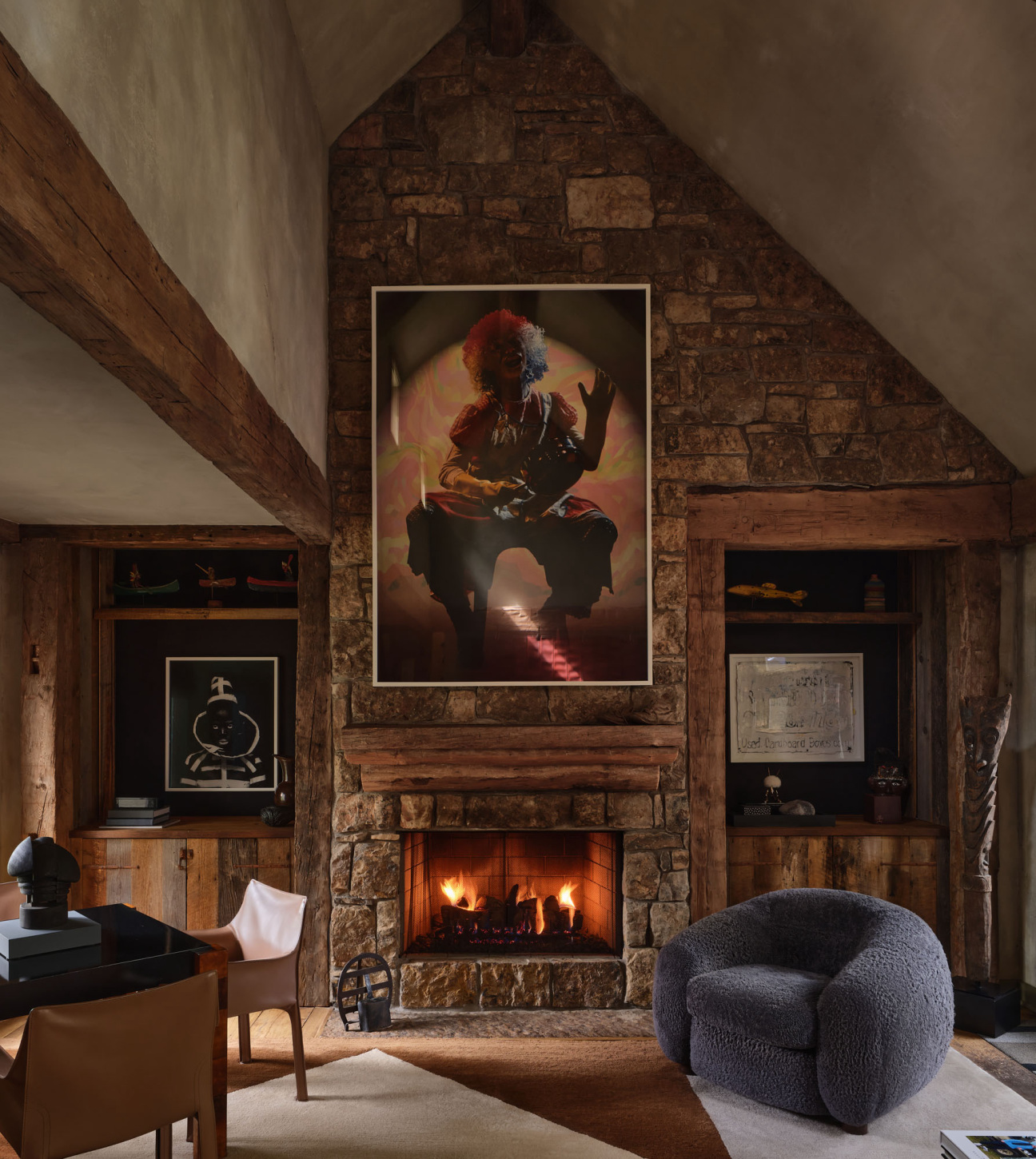
How did working in curation and galleries impact the way you think about your own personal acquisitions?
I was fortunate to intern with gallerists Leo Castelli and Ivan Karp in the late ’60s and early ’70s, when Soho was just emerging. This experience exposed me to groundbreaking ideas and unconventional thinking. I learned from experts what to seek and hope for in a work of art, shaping my own approach to collecting.
How has your collection changed as your home and space has changed?
Our core reasons for collecting remain the same. Our collection hasn’t changed in essence, but has evolved to fit larger spaces. Initially, we focused on smaller works, especially drawings. With more wall space now, we can incorporate larger paintings and sculpture.
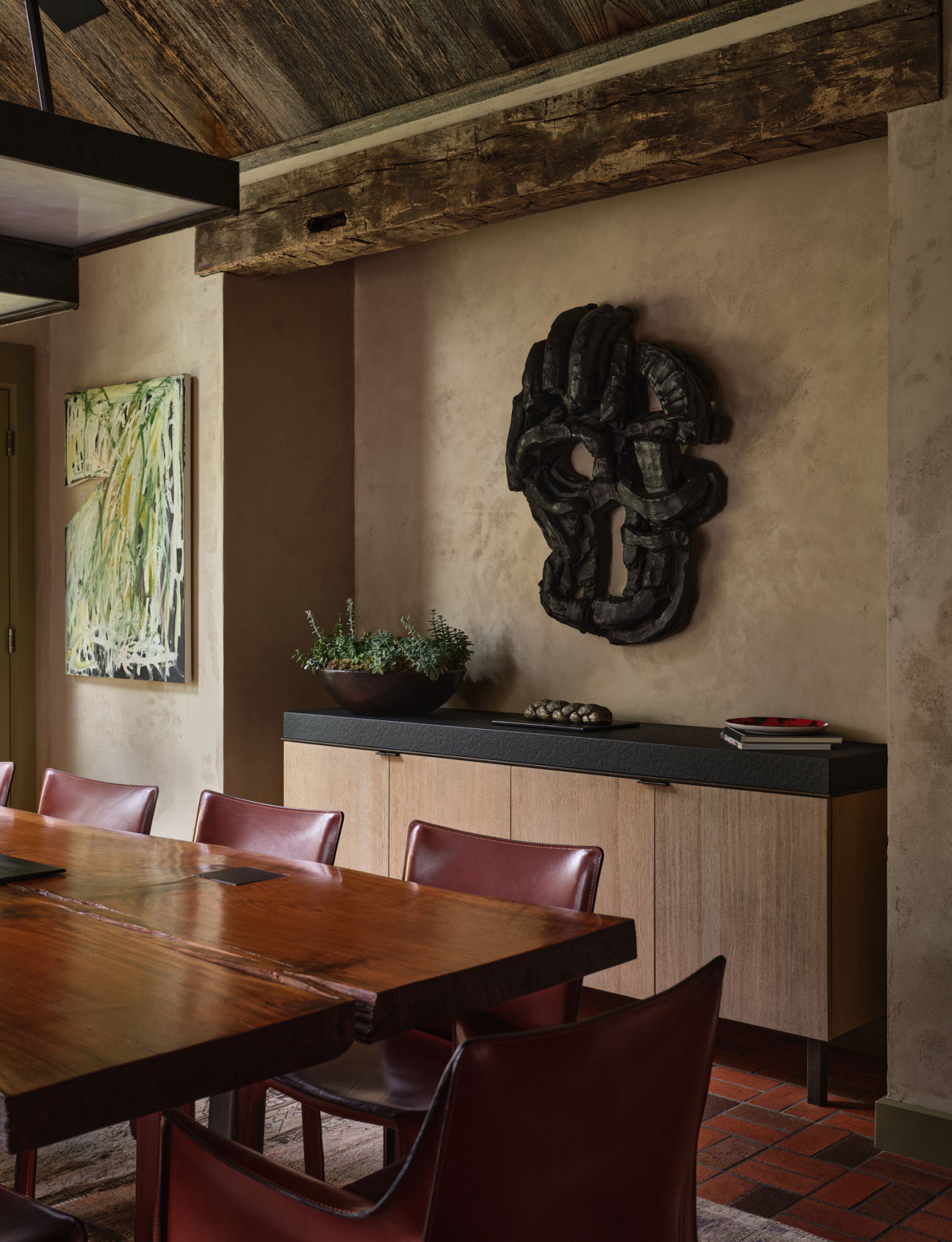
What are the three must-see shows this month?
The “Olga de Amaral” Exhibition at the Fondation Cartier in Paris. Cristina BanBan’s show, “14th Street Madonna”, at the Skarstedt Gallery in New York. Lorna Simpson’s show, “Earth & Sky,” at Hauser & Wirth's 22nd St gallery in New York.
Do you collect anything other than art?
Yes, we also collect vintage Americana, including quilts, game boards, and hand-wrought iron objects, as well as fish decoys, Victorian walking sticks, and figural silver napkin rings.
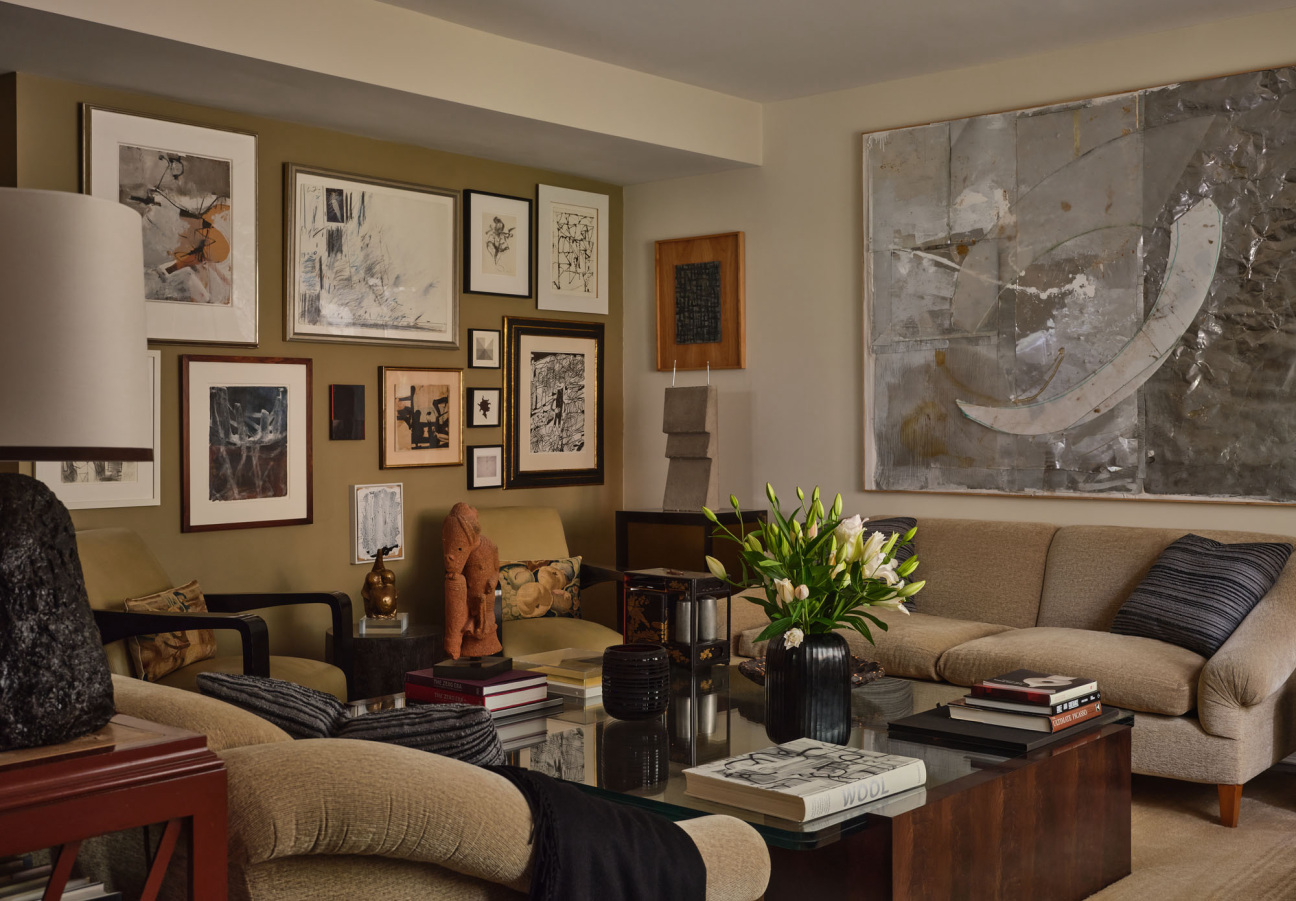
What is the strangest negotiation you've ever had with an artist or dealer?
One of our most unique art world negotiations was when we traded a refrigerator for a John Chamberlain wall relief in 1976. During a chance meeting with Chamberlain and Ivan Karp at Leo Castelli Gallery, Ivan mentioned that John needed a refrigerator more than another sculpture in his studio. I said “I NEED that John Chamberlain Sculpture.” John said, “Done deal—it’s yours! Just get me a refrigerator, deliver, and install it.” We both walked away feeling like we got the better part of the trade. This amazing piece remains a favorite of our collection, almost 40 years later.
What piece of advice would you give someone who wants to get into collecting?
As I often tell my clients, “If you buy what you love it will never be a mistake.” Make sure the piece resonates with you personally. Buy with your eyes, not your ears. Do your homework, talk to professionals who can guide you, and remember that a collection should reflect who you are and what you love.










 in your life?
in your life?

